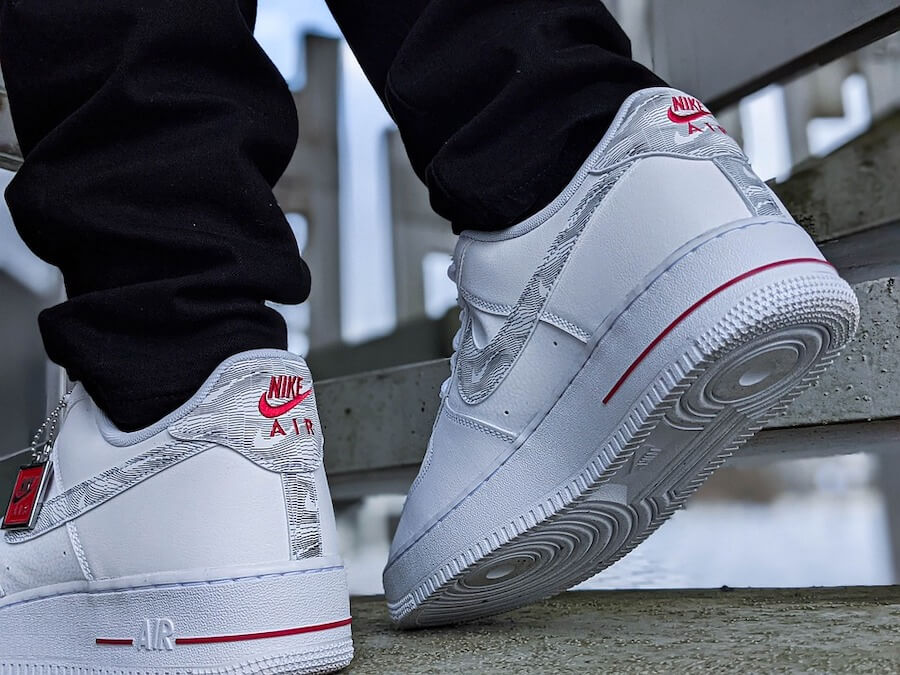Some people buy their shoes in a slightly bigger size to feel more comfortable in them. So, they go half a size up. How big of a difference is half size in shoes?
Shoe sizing is an important factor when choosing your footwear. Let’s stay with us and find out valuable information about this topic!
How Big Of A Difference Is A Half Size In Shoes?
A half-size equals a 1/8″ difference. It might not seem so much, yet it’s enough to separate comfort from discomfort.
A half-size gap also depends on the footwear brand because shoe sizing is not standard. This gap will matter more with certain manufacturers than others.
European shoes do not offer half sizes. However, there is a 1/8-inch difference between half-sizes in the UK and US.
Furthermore, the US breaks down the sizing by gender. More specifically, the half-size in men’s shoes is 0.157″, while the figure for women’s is 0.169″.
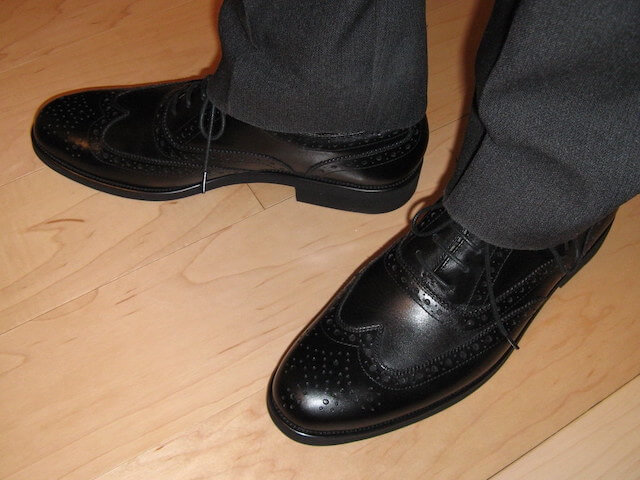
Are half-size shoes wider?
No. They are not wider but a little longer than the full size. Shoe sizing doesn’t involve the width of your feet.
Additionally, width fits allow better comfort. Each half-size and full-size should deal with width fittings to support both wide and narrow feet. When it comes to shoe width, there are four classifications: narrow, medium, wide, and extra-wide.
You can’t manage differing foot widths by adjusting shoe size without negatively influencing the fit. The shoe won’t become wider by increasing half a size.
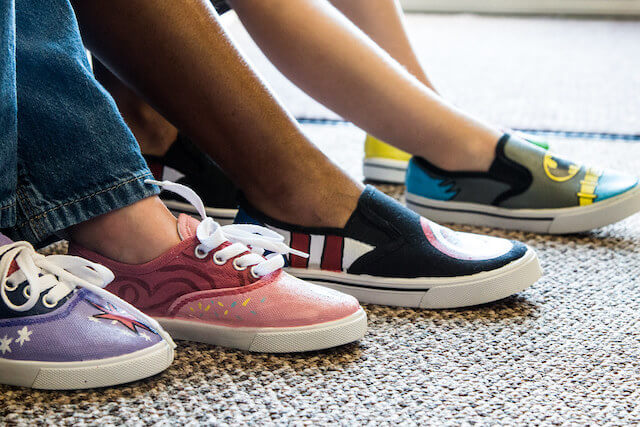
Differences between US and UK measurements
In terms of the size difference between half-size footwear, the UK measurement method is quite similar to the US measurement system. It also implies that half-size and whole-size shoes differ by 1/8″.
- US system
In the US system, women’s shoe sizes usually fall between 4 and 12 inches, whereas men’s shoe sizes typically are from 6 to 16 inches. There are always exceptions, and huge shoes are also available.
Men’s shoes are generally a little bit broader than women’s shoes. However, the US technique for sizing shoes for kids differs significantly from the standard used for adults.
- UK system
In contrast to the US, Europe uses the same size system for both kids’ and adults’ shoes. Instead, the range often varies from small shoe sizes, worn by children, to larger shoe sizes, primarily worn by men.
Additionally, unlike the US shoe size system, the unisex European sizing system applies to all footwear.
Is it good to wear a shoe half size bigger?
It depends on various factors. The most important thing to consider is the type of footwear you want to buy.
For instance, buying running shoes made for ladies is advisable to order a half-size bigger. When jogging, your foot muscles experience an increased blood flow to keep them oxygenated. The feet may swell as a result.
Moreover, you always pair your running shoes with socks. Thus, while shopping for footwear, allow for a little more space.
Yet, we don’t suggest purchasing dress shoes that are a half-size bigger. Pick your actual size instead if you want to enjoy the best possible pleasure and fit.
Children’s feet still expand and will outgrow shoes more quickly than adults. As a result, we recommend buying children’s shoes that fit properly but also have room for expansion.
The shoe brand is another significant factor to keep in mind. There will be a little difference in shoe sizes for each shoe and boot manufacturer.
Therefore, you should consult the size chart for the particular brand to be confident that you are buying the exact fit of shoes.

What Is The Difference Between Full-Size and Half-Size Shoes?
Full shoe sizes are whole numbers, like 7 or 8. On the other hand, half-shoe sizes are in-between numbers, like 7.5 or 8.5.
Your decision on half-size or full-size is dependent on whether your feet are in-between or whole sizes.
For example, if your feet sizes are whole numbers, it will be better to choose full-size footwear. Yet, with in-between sizes, half-size shoes will suit you more.
Understanding the difference between the two sizes is vital to find the best match for your feet, helping you feel comfortable for hours.
How To Measure Your Shoe Size At Home?
Nowadays, people love shopping online. Therefore, knowing the proper shoe size is crucial to ensuring a perfect fit and comfort, mainly when you can’t try your shoes at the store.
Since different manufacturers may cut the footwear somewhat differently, it’s also critical to double-check your foot measurements.
Here’s how to measure your shoe size at home quickly and easily:
- Grab two pieces of paper that are as least as big as your feet.
- Lay the paper on a flat surface.
- Stand on the paper and make sure to distribute your weight evenly on your feet.
- Mark two points on the paper, one at the longest toe and one at your heel.
- Measure the distance between the marks.
- Utilize a foot chart matching shoe sizes to foot lengths to determine the correct sizing.
- Continue with the other foot.
You need to measure both feet since they may not be symmetrical. Most likely, one foot is a little bit bigger than the other.
Assume the two feet’s differences are noticeable. In that situation, you should always choose your shoe size based on the bigger foot.When you visit the shoe store, ask a salesperson to measure both your feet with a Brannock device, a specialized and precise foot measurement system. The outcomes can be similar to the measures taken at home.
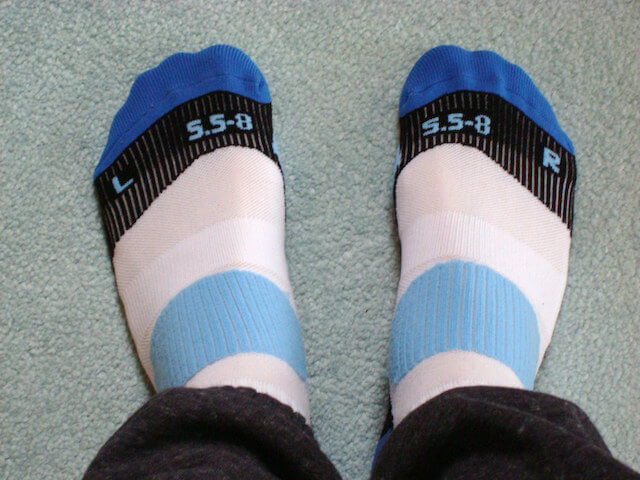
Shoe Sizing System
After measuring your shoe size, check it on the charts below. Since women and men differ in foot sizes, we will split the system into two sections.
Women’s Shoe Size
| US Size | UK Size | Foot Length (inches) |
| 6 | 4 | 8.75 |
| 6.5 | 4.5 | 9 |
| 7 | 5 | 9.25 |
| 7.5 | 5.5 | 9.375 |
| 8 | 6 | 9.5 |
| 8.5 | 6.5 | 9.75 |
| 9 | 7 | 9.875 |
| 9.5 | 7.5 | 10 |
| 10 | 8 | 10.2 |
| 10.5 | 8.5 | 10.35 |
| 11 | 9 | 10.5 |
Men’s Shoe Size
| US Size | UK Size | Foot Length (inches) |
| 7 | 6 | 9.6 |
| 7.5 | 6.5 | 9.75 |
| 8 | 7 | 9.9 |
| 8.5 | 7.5 | 10.125 |
| 9 | 8 | 10.25 |
| 9.5 | 8.5 | 10.4 |
| 10 | 9 | 10.6 |
| 10.5 | 9.5 | 10.75 |
| 11 | 10 | 10.9 |
| 11.5 | 10.5 | 11.125 |
| 12 | 11 | 11.6 |
Different Shoes And How They Should Fit
Shoes come in different styles, each with a unique design. They fit your feet differently, so you should consider the shoe size carefully.
Sneakers
Sneaker manufacturers advise adding about 1/2″ to the length between the shoe’s toe and your longest toe. The extra ensures your heel won’t slide or slip in your sneaker.
The structure should be mobile and impact-resistant. Athletic shoemakers don’t always rely on or follow the same size standards.
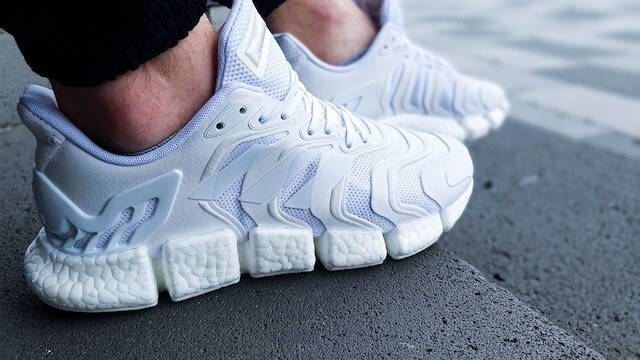
Dress shoes
Your feet should fit perfectly in dress shoes. Although not everyone has the same-sized feet, remember that your feet grow over the day. There shouldn’t be any congestion in the toe of a dress shoe.
Hiking boots
A hiking boot‘s size can cause severe problems if it is incorrect. The best method is to try your boots at the end of the day and aim for a snug fit with a little additional room for the toes.
Boots for hiking must be snug everywhere. Meanwhile, the back heel should barely or not at all slide.
Cowboy boots
Work boots, cowboy boots, and western boots aim to withstand prolonged standing. They support and comfort your feet throughout the day, making them perfect choices on the ranches or construction sites.
Remember to leave about 1/4″ for the heel slip when trying cowboy boots. The gap should fit your two fingers.
You may need to increase your size to half size from your dress shoe or sneaker size. Handcrafted cowboy boots often run on the bigger side.
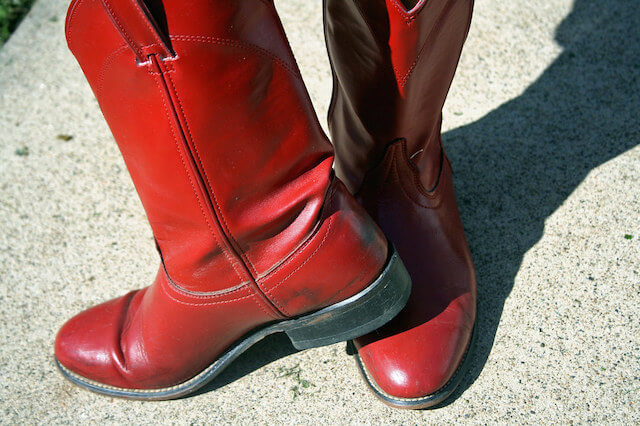
Conclusion
In shoes, half size is about 1/8″. The gap seems minor, but it affects your comfort and fit in your footwear significantly. It would be best to consider the shoe type to determine whether you should upsize your shoe or not.
We have shared with you everything about shoe sizing. If you have any questions, please feel free to ask. Thank you for reading!

